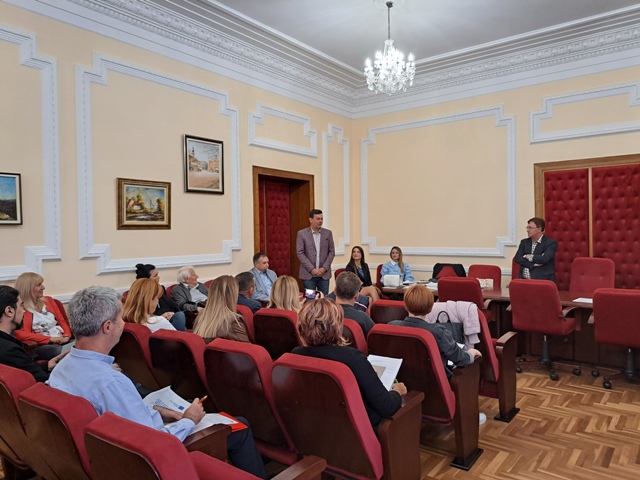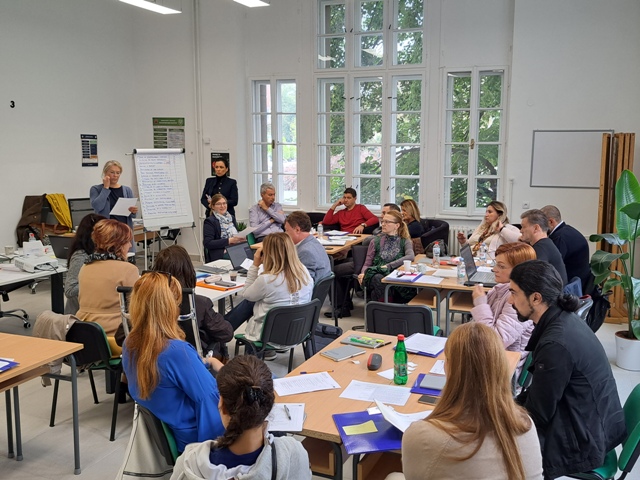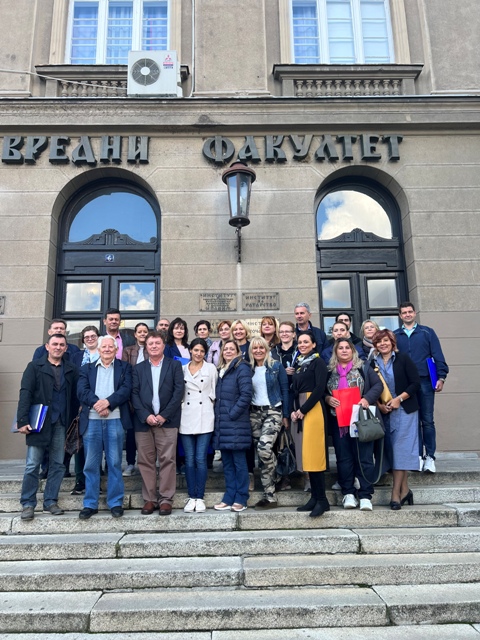Organized by the Faculty of Agriculture of the University of Belgrade, a three-day seminar was held from September 21 to 23, 2022 as part of the Erasmus+ project (From digital technology to educational tools: Improving the quality of active learning and teaching in the online and hybrid environment in applied disciplines of agricultural sciences (Acronym: HEAL-in-ONE, Action Type: KA220-HED – Cooperation partnerships in higher education, No 2021-1-RS01-KA220-HED-000032054)) named: LTTA1 (Learning, Teaching and Training Activity) – Analysis of ALT and introducing ALTONE methodology, the following activities were considered:
Activities of the first day
- The relationship between teaching and learning (individual work and joint discussion),
- Key problems in teaching in HE – before the pandemic (group work and joint discussion),
- Key problems in teaching in a fully online environment (during the pandemic) (group work and joint discussion),
- A brief overview of the key challenges of teaching/learning in HE,
- Position of students in teaching/learning in HE (joint discussion),
- Comments on the questionnaire on teaching during the pandemic (presentation),
- Students’ perspectives on the data obtained in the questionnaire (joint discussion),
- Key competencies of students for the 21st century (group work and joint discussion) and
- Summing up and ending the day
Activities on the second day
- Assignments and student learning activities (group work and joint discussion),
- Indicators of student activities (individual work, group work and joint discussion),
- Teaching/learning methods (individual work),
- Typical forms of teaching/learning in practice (joint discussion),
- Teaching objectives: their importance and relationship to outcomes (group work, joint discussion and short presentation) and
- Wrapping the day
Activities on the third day
- Curricular alignment: objectives, methods and learning activities (individual and pair work and joint discussion),
- Nature of cognitive processes in learning in an online environment (individual work, group work and joint discussion),
- Designing teaching situations (group work and joint discussion) and
- Closing remarks and evaluation of the seminar





Comments are closed